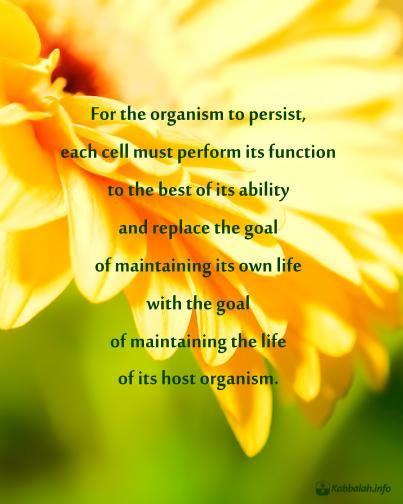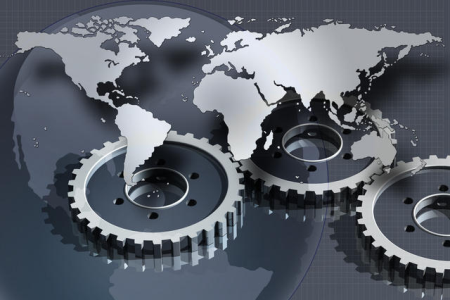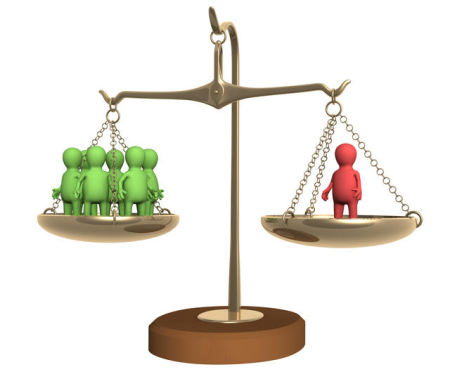Everybody wants to live in a world founded on love, but no one believes that it can be a reality. We speak about love when telling fairytales to our children because everyone understands that love is good to speak about to a child, that it makes life safer than animosity.
However, what if it were possible to make a world out of love? Our world today is hostile, competitive, dog-eat-dog and life is becoming increasingly worse.
As Baal HaSulam wrote, “A person is a small world.” A person’s anger and cruelty toward the world boomerangs back against him, when implementing his egoistic desires and hating himself. This split personality is becoming increasingly prominent.
Now picture to yourself that you could transform your outlook and your relationships to a course of love and care. What would happen if we could suddenly influence, educate and correct the world so that there would be no theft, damage or exploitation?
We would then perceive an opposite world and no one would fear that their life would become wiped out tomorrow. People would not be afraid that tomorrow we would eradicate the planet and bury ourselves under the waste from our own production.
Love would oblige us to act in the best and most correct way. We wouldn’t have to search for billions of occupations just to keep the population busy, producing things no one needs. Even if everyone would be unemployed, every person would receive what is necessary because then people also wouldn’t need any excesses since they would live in a kind, amiable world.
Then we wouldn’t pollute the earth with unnecessary products, which is 90% of all the things being produced. If we look at nature, there is nothing wasted. Look at how life is organized in the animal kingdom, from the beginning of creation to its end, in all the forms that are included in nature’s cycle where everything is repeatedly used to 100% capacity.
All the cycles are absolutely closed, with the exception of the things the person does. When people produce anything, it does not return to nature in the natural form, but in the form of toxins that poison nature.
However, if we treated each other with love, we would make the world clean as well. Love would ensure that we will not demand any excess for ourselves and then everything would normalize. How different would things be from today where all the oceans are full of garbage and radioactive waste?
All we lack in our world is attention toward one another and mutual participation in the integral system, and we will get there out of our desperate state.
Based on the post “Love Is the Most Powerful Weapon” on Laitman.com – Michael Laitman’s Personal Blog.
What is love? How do we come to realize love in all kinds of different relationships, whether it be among couples, family, or society at large? What is the source of love and how can we draw this force into our lives? Love is one of the many topics tackled in the Free Kabbalah Course. Registration for the Summer 2014 semester closes soon, don’t miss out!…





